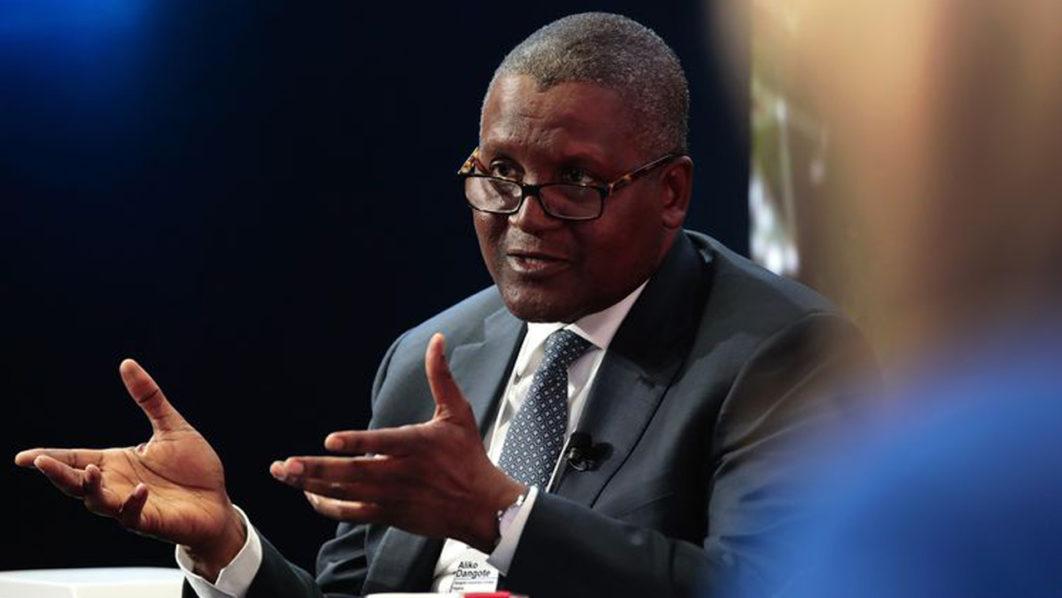Data released by the National Bureau of Statistics (NBS) has shown that Nigeria’s total public debt stock as of the end of the second quarter (Q2) of 2023 stood at N87.4 trillion, doubling the size of the debt in Q2 2022 at N42.5 trillion. On a quarter-on-quarter basis, Nigeria’s debt profile rose by N49.85 trillion, with a growth rate of 75.3 percent. In the period under review, the share of external debt was N33.3 trillion, representing 38 percent of total public debt, while domestic debt was N54.1 trillion, representing 62 percent of total debt.
While the composition of debt increased, the drivers of the increase differed. External debt increased due to the harmonisation of the exchange rate while domestic debt increased due to the inclusion of Ways and Means Advances in public debt stock. The dollar value of the external debt rose from $40 billion to $43 billion, suggesting an increase of 7.7 percent.
The naira equivalent increased from N16.6 trillion in Q2 2022 to N33.2 trillion in Q2 2023, indicating an increase of 100%. This implies that the recent harmonisation partly accounts for the increase in total debt with a significant increase in new external debt. The increase in domestic debt was mainly due to the exponential increase in federal government bonds following the inclusion of N22.7 trillion securitised FGN’s Ways and Means Advances in public debt stock.
The FGN bond increased by 176% from N15.2 trillion in Q2 2022 to N42 trillion in Q2 2023. Public debt, especially the domestic component, would continue to increase without concerted efforts to boost government revenue. The tax system needs to be enhanced to increase tax compliance and reduce revenue leakages. Futhermore, the government needs to be more accountable and transparent in utilising scarce public resources.









